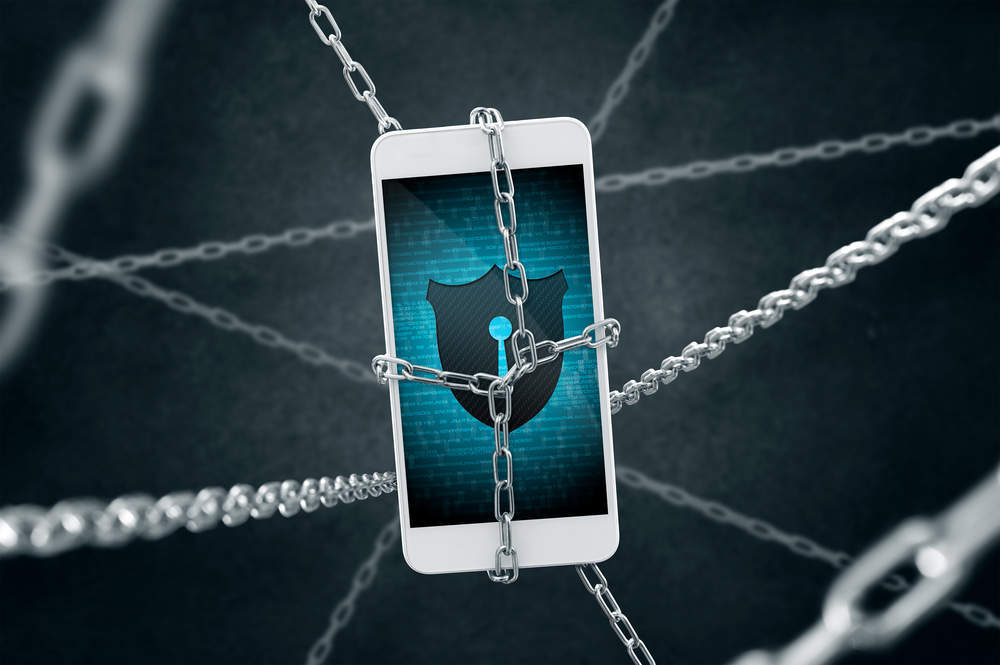As more people rely on their mobile phones, the networks that support them are looking increasingly attractive to hackers.
Meanwhile, the Internet of Things (IoT) is increasingly using mobile networks, making it ever more vulnerable.
A Nokia report should have mobile operators – and their customers – concerned.
The mobile infection rate rose in the third quarter of this year, with smartphones accounting for 72 percent of infections, the report found, suggesting the smartphone is increasingly becomeing the preferred platform for malicious software (known as malware).
Key findings of the Nokia study:
-
Mobile malware using aggressive adware that is difficult to uninstall, displays unwanted advertisements, shares personal information with third parties for targeted advertising purposes, or uses misleading techniques to generate click-through results, is increasingly common;
-
Android devices are more vulnerable than Apple phones, responsible for 68.5 percent of all mobile infections, compared to just 3.5 percent for iPhones, and
-
Computers running Windows can infect mobiles via USB or wifi, accounting for 28 percent of all mobile attacks.
The news could be worse.
How well do you really know your competitors?
Access the most comprehensive Company Profiles on the market, powered by GlobalData. Save hours of research. Gain competitive edge.

Thank you!
Your download email will arrive shortly
Not ready to buy yet? Download a free sample
We are confident about the unique quality of our Company Profiles. However, we want you to make the most beneficial decision for your business, so we offer a free sample that you can download by submitting the below form
By GlobalDataDespite the growing threat, mobile networks remain far less vulnerable than fixed line networks.
Nokia estimates the monthly mobile infection rate was 0.68 percent in the first nine months of 2017, roughly a tenth of the 6.2 percent infection rate for fixed residential networks.
But the threat is shifting.
The residential fixed rate was down significantly from 11.3 percent for the first nine months of 2016, and Nokia found that cyber criminals are more aggressively targetting mobile this year.
Mobile networks are looking to IoT as a source of future growth.
There will be 4.7bn IoT devices on operator networks by the end of 2020, up from 1.5bn at the end of 2016, according to GlobalData numbers.
The big increase in connected IoT devices massively increases the potential points of entry for hackers and these IoT devices are running increasingly important systems.
Right now the threat of mobile device infection is low.
However, as users connect more and more devices to their networks, operators need to focus investment on security.








Related Company Profiles
Nokia Corp
Apple Inc